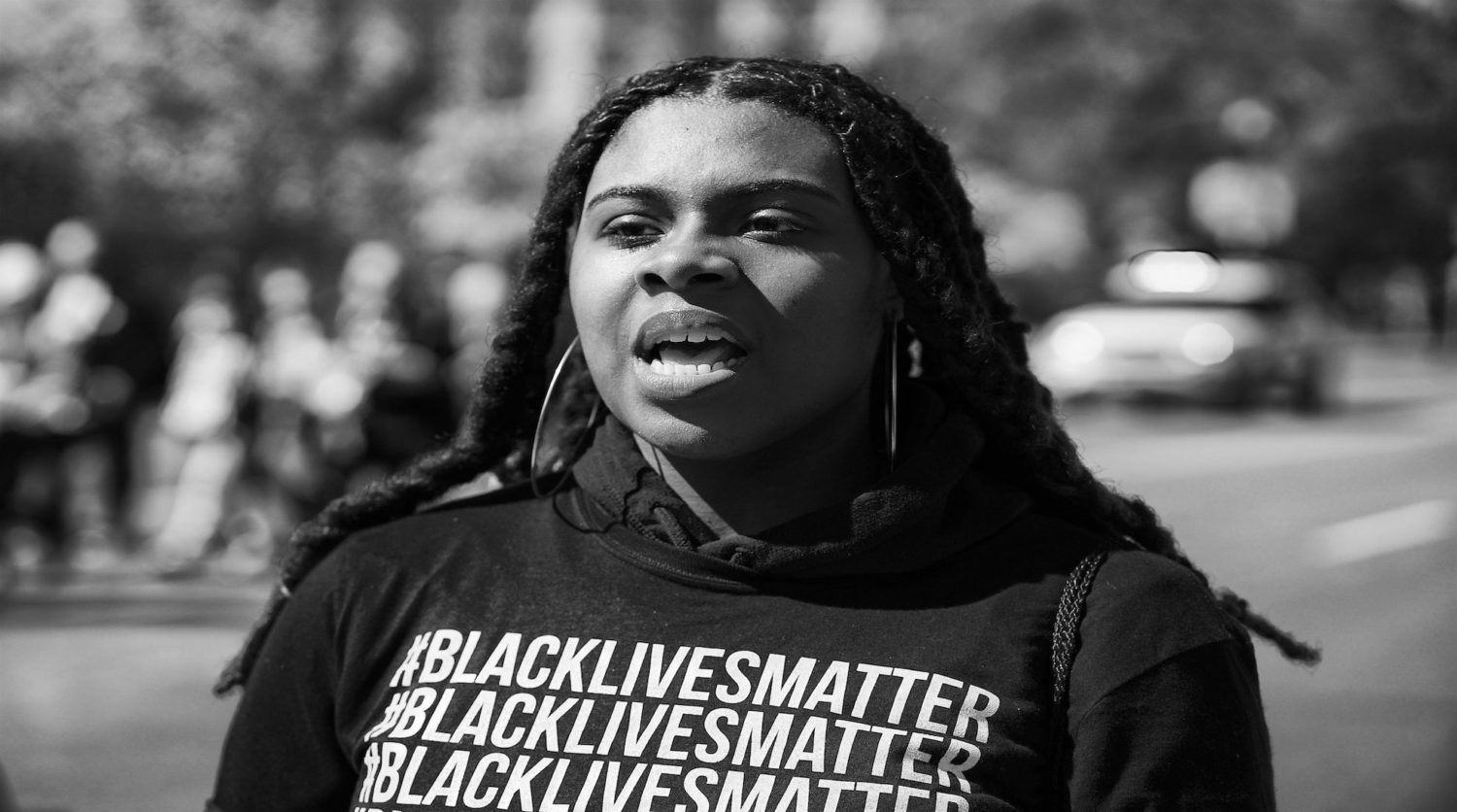Turning the tables
A new policy agenda which focuses on housing and employment can tackle decades of identity-based inequality, writes Fahmida Rahman.
Our systems and institutions allow for complex, interconnected inequalities to persist, as exposed by this year’s health crisis. To rebuild a more equal Britain, what meaningful, structural changes are needed? The Fabian Review asks authors for their demands.
Over recent years, structural inequality has been fast shifting up the political agenda. There is much greater recognition of the particular inequalities faced by structurally disadvantaged groups, and governments and firms are increasingly being held to account on these issues. For instance, the introduction of mandatory gender pay gap reporting in 2018 means that large employers must reflect on the levels of gendered inequality within their ranks at least once a year. And the launch of the government’s race disparity audit in 2017 raised a myriad of questions about the disadvantages faced by different racial groups in their interactions with various public services across the UK.
Now increased recognition of structural inequality as a key political issue has come to a head in the wake of the coronavirus outbreak. And the resurgence of the Black Lives Matter movement following the racist murder of George Floyd in the United States has added fuel to this fire.
In the early stages of the pandemic there was much talk about how the virus did not discriminate. It seemed that anyone was susceptible to catching it, so everyone should do as much as they could to prevent it. But this idea was fast debunked as it became apparent that people from black and minority ethnic (BAME) backgrounds, those living in socioeconomically deprived areas, and people in professions that require large amounts of social contact and are typically low-paid, such as social care, are more susceptible to infection and, ultimately, death.
What coronavirus has highlighted is that the existence of structural inequality continually reinforces poorer outcomes for the already disadvantaged. A quick look at the state of housing in the UK can explain how this plays out. Recent research by the magazine Inside Housing showed that areas with more overcrowded housing had been worst hit by coronavirus. This makes sense given that living in overcrowded housing will make it much harder for those with symptoms to self-isolate. Overcrowding disproportionately affects people living in rented accommodation, particularly those in the social rented sector who are overwhelmingly on lower incomes and cannot afford to buy their own homes. Disparities in housing quality between wealthier and poorer groups are therefore likely to have contributed to the disproportionate number of those living in socioeconomically deprived areas who have been affected by the virus.
But it is not just income levels that determine housing outcomes. Historic discrimination in housing allocation, which has meant people from BAME backgrounds have faced unequal access to better quality housing and have been disproportionately housed in deprived inner-city areas, continues to play out today. The council areas that Inside Housing showed to have both the highest rates of overcrowding and the highest Covid-19 death rates – Newham, Brent and Tower Hamlets – also have some of the highest BAME populations in the UK. Similarly, other research has shown that people from BAME groups are much more likely to face overcrowding than their white counterparts. And it is the groups with the lowest average incomes – Bangladeshis, Pakistanis and black Africans – who face the highest rates of overcrowding, highlighting a clear intersect between race and income inequality in the coronavirus landscape.
Beyond the health implications of the pandemic, the need to shut down large swathes of the economy in order to contain the virus has sown the seeds for a recession, and it is low-paid workers who have borne the brunt of this. Research from the Institute for Employment Studies shows that between February and April, employment fell by four percentage points – from 82 to 78 per cent – for those in low-paying jobs, but remained unchanged for higher-paid workers. Given that typically disadvantaged groups including women, people from BAME groups and those with lower qualifications are most likely to be low paid, it is these people who will once more be disproportionately affected by the crisis.
The fact that structural inequality reinforces poorer outcomes for disadvantaged groups was already known long before the pandemic: in 2010, the Marmot review systematically documented the ways in which socioeconomic inequalities determine inequalities in health. And a review of this, published just one month before the country went into lockdown, found that the health gap between wealthy and deprived areas had grown during the 10 years since 2010.
It is also well known that structural inequality reproduces itself over generations. For example, buying a house is much more difficult without access to prior wealth, and with decades of increasing house prices it has become increasingly difficult to purchase a home without help from family or friends. Since BAME groups historically hold less wealth, they are less likely to be able to help younger generations afford homes, so younger BAME people will continue to be disproportionately affected by the housing quality issues discussed above. Moreover, living in more deprived areas limits access to a better quality education and jobs which would improve outcomes in the long term. In effect, as well as reinforcing and reproducing themselves over a lifetime, inequalities in different areas such as education and employment can serve to reinforce and reproduce one another over generations.
Much research has been done showing that people from lower socioeconomic backgrounds are less likely to go into higher education and are more likely to work in low-paid jobs. And structural inequalities are such that even when people from disadvantaged backgrounds do overcome the initial barriers to social progress they are faced with further barriers down the line. For instance, despite being more likely to come from lower-income families, young people from BAME backgrounds are on average more likely to go to university than their white peers. But the attainment gap at university between BAME students and their white counterparts is large, and when BAME students graduate they continue to face barriers in terms of access to higher paid jobs and are often paid less than their white counterparts for doing the same work.
While conversations about structural inequality have been bubbling away for a number of years, the coronavirus crisis coupled with the growth of the BLM movement have created a renewed urgency to tackle these issues head-on. But addressing decades of entrenched structural inequality is no small feat. It will require a wholesale approach to policymaking that works across sectors to unpin the root causes of inequality that create ripple effects throughout people’s lifetimes. We need to not only understand how different forms of inequality come together to reinforce one another, but to find practical and meaningful ways to act upon this. Moreover, we need concerted action to tackle the specific inequalities that have resulted in certain disadvantaged groups being held back for generations.
We need meaningful investment in social housing with a concerted effort to build more homes that meet the needs of the families that live in them. We also need more targeted support for homeownership among young people who do not have access to accumulated family wealth. We need to tackle the structural barriers that prevent people from lower socioeconomic backgrounds from accessing better paid jobs and to dismantle the discriminatory culture that keeps BAME graduates from accessing higher paid work or receiving the same pay for the same work.
None of this work is easy and it certainly won’t come without effective political campaigning. But hearts and minds are fast being won, especially with the devastating impacts of the coronavirus crisis continuing to loom over us. If we ever had a case for a new policy agenda that places tackling structural inequalities at its heart, it is now.
Image credit: Miki Jourdan/Flickr

